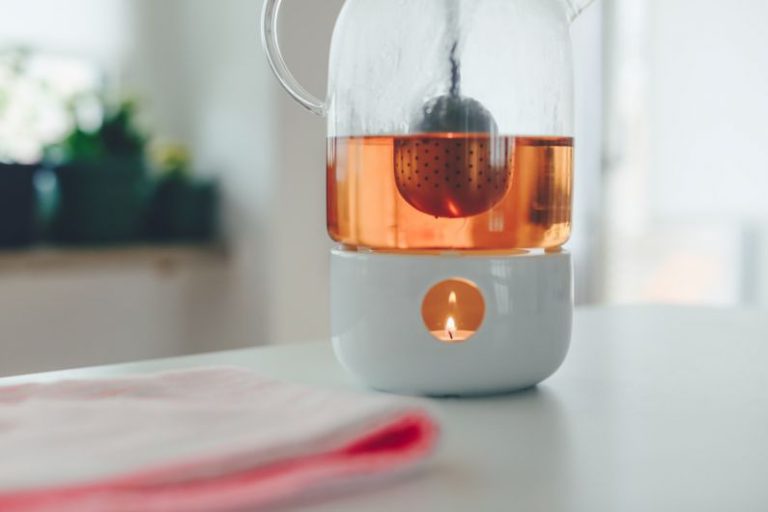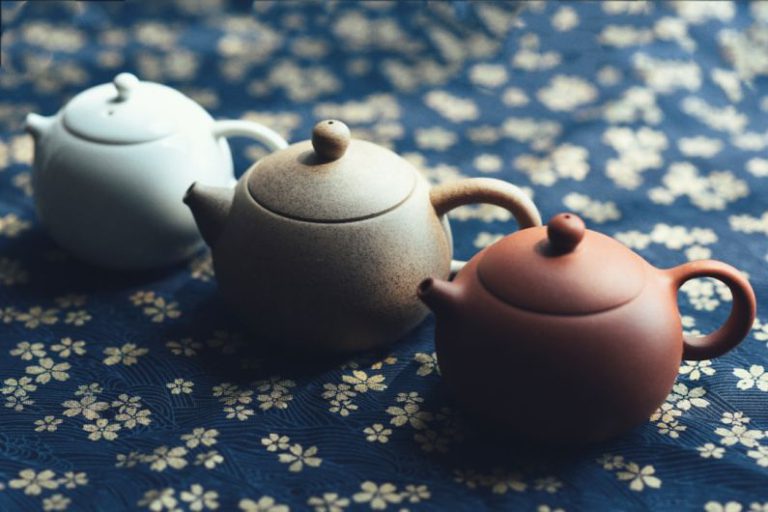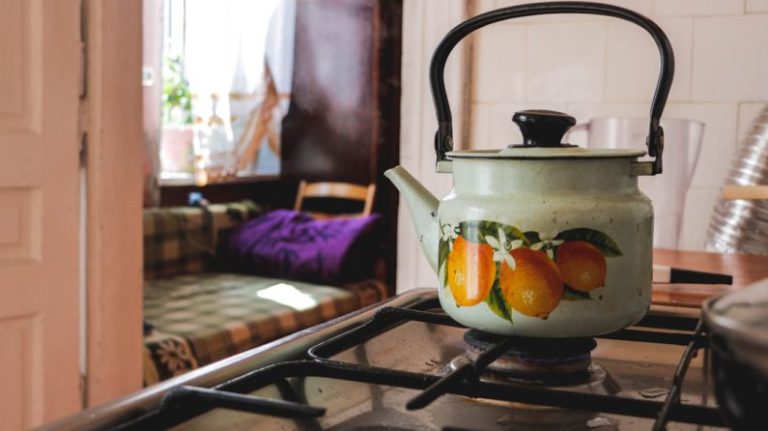Brewing Perfection: the Art & Science of Steeping Tea
Steeping tea is an age-old practice that involves more than just dunking a tea bag in hot water. The art of brewing a perfect cup of tea lies in the precise combination of time, temperature, and technique. As simple as it may seem, there is a delicate balance between extracting the flavors and aromas of the tea leaves and avoiding bitterness or astringency. Let’s delve into the art and science of steeping tea to unlock the secrets to a flawless cuppa.
The Tea Leaves: Quality Matters
The foundation of a good cup of tea lies in the quality of the tea leaves. Whether you prefer black, green, oolong, or herbal tea, using high-quality, fresh tea leaves will significantly impact the flavor of your brew. Loose-leaf tea is often preferred over tea bags as it allows the leaves to unfurl and release their full flavor profile. When selecting tea leaves, consider factors such as the origin, processing method, and grade to ensure a superior tea-drinking experience.
Water Temperature: Finding the Sweet Spot
One of the critical factors in steeping tea is the water temperature. Different types of tea require specific water temperatures to bring out their best flavors. For delicate green and white teas, water should be heated to around 175°F to 185°F, while black and herbal teas can withstand higher temperatures of 200°F to 212°F. Boiling water can scorch delicate leaves, resulting in a bitter brew, so it’s essential to pay attention to the recommended temperature for each type of tea.
Steeping Time: Patience is a Virtue
The steeping time plays a crucial role in extracting the desired flavors from the tea leaves. Steeping tea for too long can result in a bitter and astringent taste, while steeping for too short a time may leave the brew weak and lacking in flavor. Generally, black teas require 3 to 5 minutes of steeping, green teas 2 to 3 minutes, and herbal teas 5 to 7 minutes. Experimenting with different steeping times can help you find the perfect balance to suit your taste preferences.
Tea Ware: Elevating the Experience
The vessel in which you steep your tea can also impact the overall tea-drinking experience. Using a teapot or an infuser allows the tea leaves to unfurl and circulate freely in the water, ensuring an even extraction of flavors. Avoid steeping tea in plastic or metal containers, as they can impart unwanted flavors to the brew. Opt for ceramic, glass, or clay teaware to preserve the purity of the tea’s taste.
Technique: Mastering the Pour
The way you pour your tea can influence its flavor and aroma. Pouring the tea in one continuous motion helps to evenly distribute the flavors in each cup. Avoid letting the tea sit in the teapot for too long, as over-steeping can lead to a bitter taste. Serve your tea immediately after steeping to enjoy it at its peak flavor.
Savoring the Moment: Mindful Tea Drinking
A perfect cup of tea is not just about the taste; it’s also about the experience. Take a moment to appreciate the aroma, color, and flavor of your tea. Engage all your senses as you sip your tea, noticing the subtle nuances and complexities in each cup. Whether you enjoy your tea alone or with company, savoring the moment can enhance your overall tea-drinking experience.
Embracing the Ritual: Making Tea a Tradition
In a world that moves at a fast pace, brewing a cup of tea can be a grounding and meditative ritual. Embrace the art of tea-making as a daily practice, allowing yourself to slow down and appreciate the simple pleasures in life. Whether you prefer a soothing cup of chamomile before bed or a robust black tea to kickstart your day, let the act of steeping tea become a cherished tradition that brings moments of calm and reflection.
In conclusion, the art and science of steeping tea encompass a delicate interplay of factors that come together to create a perfect cup of tea. By paying attention to the quality of the tea leaves, water temperature, steeping time, tea ware, and pouring technique, you can elevate your tea-drinking experience to new heights. Embrace the ritual of tea-making as a mindful practice that nourishes both body and soul, and let each sip of tea transport you to a place of tranquility and bliss.






